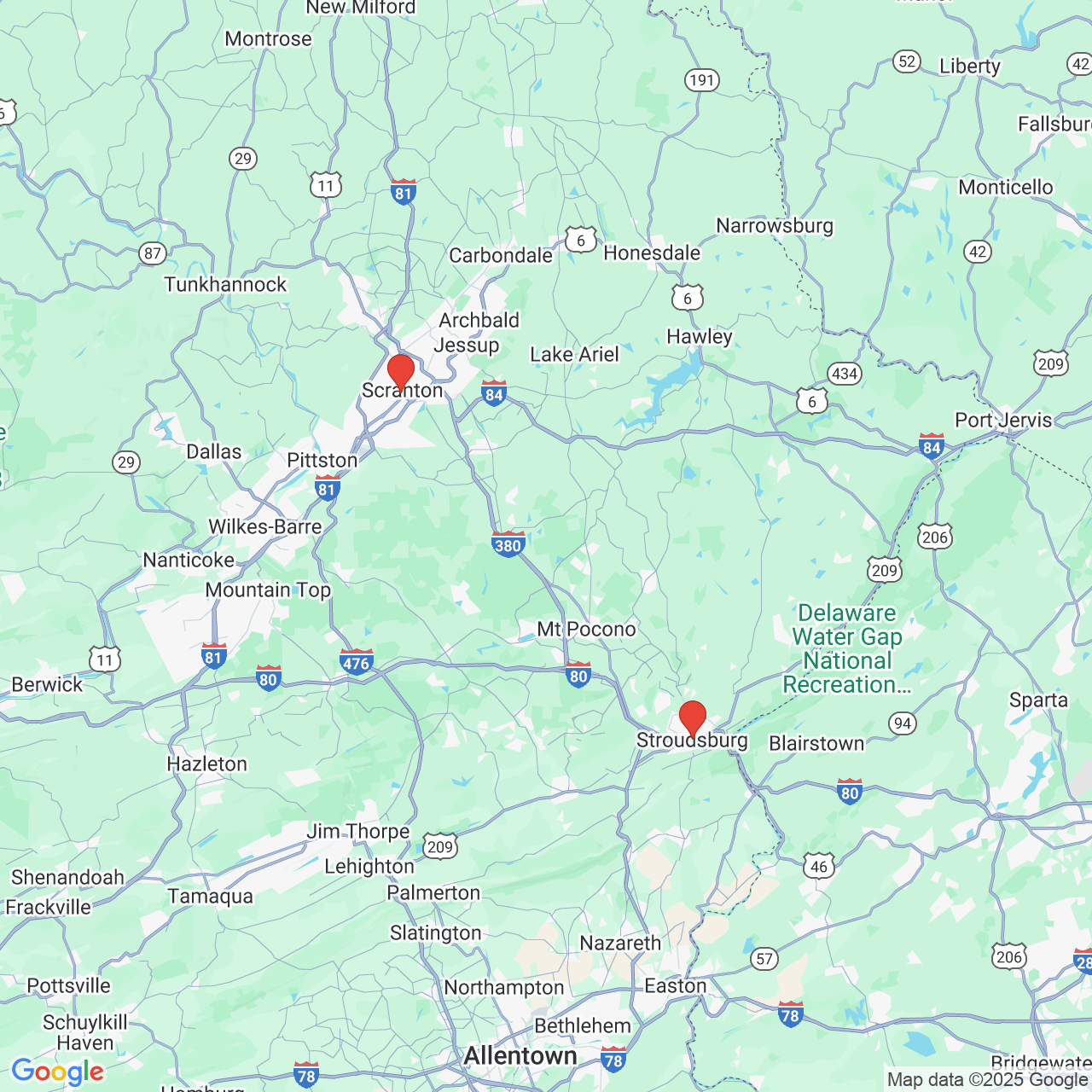DUI and Field Sobriety Tests
 Any car accident has the potential to cause injuries or fatalities, but statistics show that drunk driving accidents are particularly dangerous. According to 2016 Pennsylvania Crash Facts and Statistics, 25% of the total traffic fatalities in Pennsylvania were the result of drunk driving accidents.
Any car accident has the potential to cause injuries or fatalities, but statistics show that drunk driving accidents are particularly dangerous. According to 2016 Pennsylvania Crash Facts and Statistics, 25% of the total traffic fatalities in Pennsylvania were the result of drunk driving accidents.
When a driver is suspected of DUI, police officers have several tools for proving the driver is under the influence of drugs or alcohol. One of the most common is a field sobriety test. Here, car accident lawyers from Foley Law Firm, who serve Scranton, Stroudsburg, and Wilkes-Barre, PA, discuss DUI field sobriety tests, and how they can be crucial in proving liability for drunk driving accident damages.
What Is the Purpose of a Field Sobriety Test?
A field sobriety test is performed by police officers who suspect that a driver is under the influence of drugs or alcohol. A field sobriety test is often performed prior to a breathalyzer test. The purpose of a field sobriety test is to observe the driver’s balance, physical ability, and attention level. These tests are used to determine if the police officer has probable cause to arrest someone for driving under the influence.
Standardized Field Sobriety Test
A field sobriety test may consist of several different components, but the standardized field sobriety test, which is endorsed by the National Highway Traffic and Safety Administration (NHTSA) is made up of three tests: the horizontal gaze nystagmus (HGN), the walk-and-turn (WAT), and the one-leg stand (OLS).
Horizontal gaze nystagmus (HGN)
When the eye gazes to the side, it is natural for an involuntary jerk to occur. However, when someone is under the influence of alcohol, that jerk is exaggerated. Officers include an HGN in a field sobriety test to look for key indicators of impairment, such as an inability to follow a moving object smoothly, distinct eye jerking when the eye is at maximum deviation, and eye jerking within 45 degrees of center.
Walk-and-turn (WAT)
During the WAT, suspects are instructed to take nine steps heel-to-toe along a straight horizontal line. They are then told to turn on one foot and return in the same manner in the opposite direction. The test should be easily performed by those who are not impaired.
One-leg stand (OLS)
During the OLS, suspects are asked to stand with one foot held elevated off the ground while they count to 30. If the suspect sways, hops, or puts their foot down it may indicate that they are under the influence.
Can Field Sobriety Tests Be Used as Evidence in DUI Cases?
When a police officer performs a field sobriety test they write a report regarding the suspect’s performance. Field sobriety tests can be used in criminal court to validate DUI charges. In addition, field sobriety test results can be used in civil court to prove liability for drunk driving accidents.
Contact Our Law Firm
If you have been injured in a car accident involving DUI, the lawyers at Foley Law Firm can help you prove liability for accident damages. To discuss the details of your crash and learn about the type of compensation you may be due, contact our law firm online, or call (570) 342-8194 and request a personal consultation with our lawyers.


